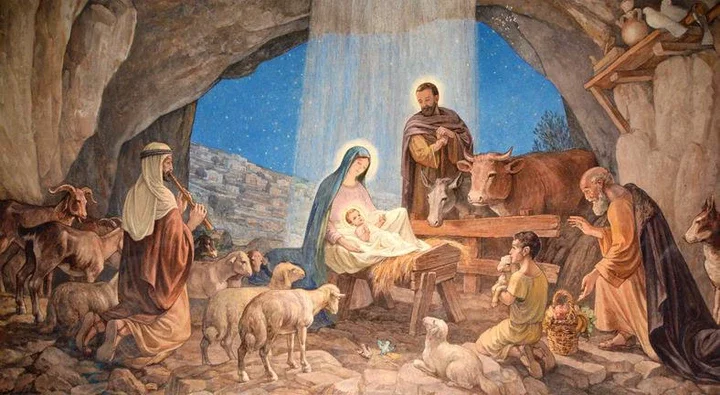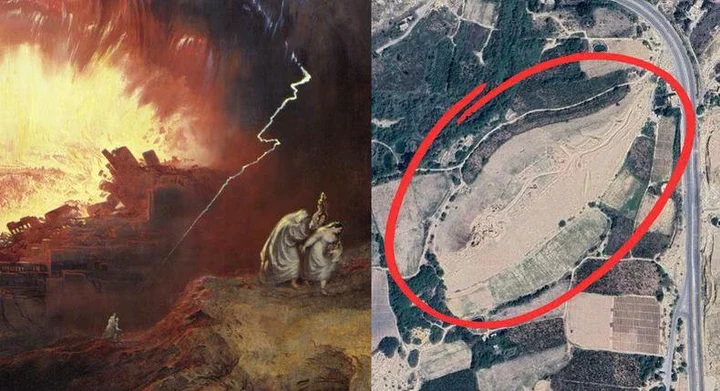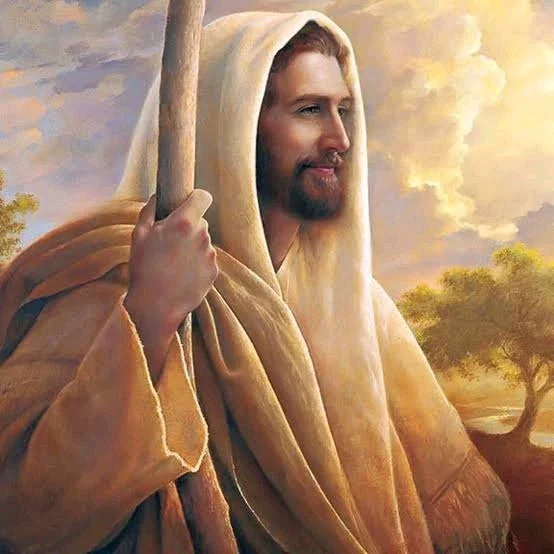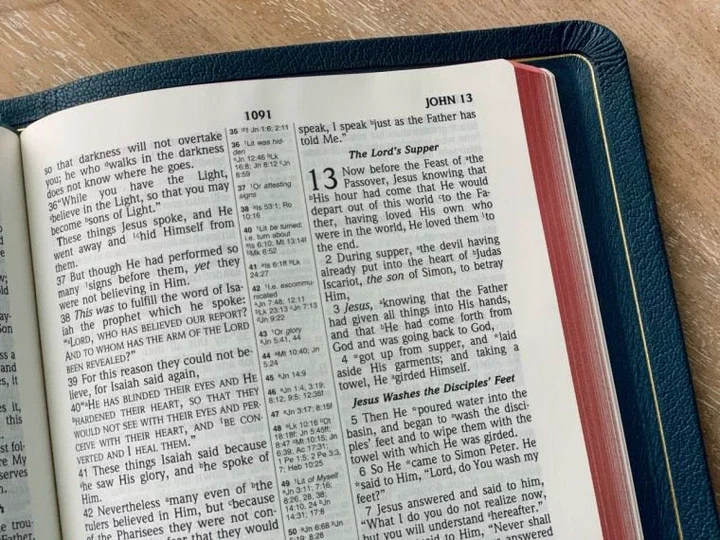The statements often made on the streets in the name of God have little to do with reality.
[img alt="''The Bible does not precisely state that the fruit was actually an apple List"]" https://static.netnaija.com/i/APK4OLbMN0B.webp[/img]
The statements often made on the streets in the name of God have little to do with reality.
We have prepared some false beliefs that are often repeated even though their "truth" is not supported anywhere in Scripture.
[img alt="'The Holy Grail has become a popular motif in medieval Arthurian legends"]" https://static.netnaija.com/i/bVNrB0eqNWv.webp[/img]
The Scriptures do mention that Jesus drank from the chalice at the Last Supper, but there is no indication that the vessel was in any way sacred or intended to remain in the hands of any of the Apostles.
The general knowledge we have about the Holy Grail was invented for the plot of the legends of King Arthur. The greatest influence on the subsequent development of the Grail legends was Robert de Boron, writing about 10 to 20 years after Chreten de Troyes. He was the first to use the adjective "holy" and link the Grail with the life of Jesus.
According to Boron, the Holy Grail is the chalice used by Jesus at the Last Supper, which then fell into the hands of Joseph of Arimathea, who in turn used it to collect Christ's blood after he was taken down from the cross.
Since then, the Holy Grail has become a popular motif in medieval Arthurian legends, in which knights set off on adventurous journeys to find the mythical cup.
We all know perfectly well the depiction of Eve, tempted by a snake, and eating an apple from the Forbidden Tree. As it turns out, however, the Bible does not precisely state that the fruit was actually an apple.
"Let the earth bring forth green plants: grasses yielding seed, and fruit trees yielding fruit upon the earth according to their kind, with seeds in them."
God knew that the fruit with seeds was good. Therefore, the apple could not be a forbidden fruit.

There is no information in the Holy Scriptures about the date of Jesus' birth. There is no question of December 25 or the time of year.
What is known is that Christ was born in Bethlehem, that shepherds lived or camped in the fields with their sheep, and that a national census was taking place - making it much more likely that he was born in summer or autumn.
In the Orthodox Church, Christmas Eve is still celebrated on January 6. In the Catholic Church, in the mid-4th century, the celebrations were moved to December 25.
There is no evidence in the Bible that Mary Magdalene was a prostitute or even an adulteress. The Holy Scripture only mentions it just before the crucifixion of Christ in the Gospel of St. Luke when she is freed from the power of seven demons.
"And there were with Him the Twelve and several women whom He delivered from evil spirits and from infirmities: Mary, called Magdalene, whom seven evil spirits had left," we read.
It was only in later years that she began to be identified as a "sinful woman," but she still did not have to be a prostitute. Mary Magdalene was often confused with a woman caught in adultery, but biblical scholars point out that this is not supported by the Holy Scriptures.
The Bible clearly says that God appears in three forms: Father, Son and Holy Spirit, but the concept of the "Trinity" itself does not appear in any of the texts. So, by enumerating the Father, the Son and the Holy Spirit, does Christ the Lord teach us about the existence of three gods? Absolutely not.
For many centuries, the chosen people have been led to reject polytheism and brought up to understand that God is one, and there can only be One. The word "Trinity" was introduced by Tertullian (2nd/3rd century), one of the fathers of the early Church, to define the doctrine of divinity. It means: "triple" or "three in one."
The word "trinity" is not used in the Bible, but the words "three" and "one" appear, and their combination shows that the biblical God is Triune in his nature and essence.
![The Bible shows that the situation on Noah's ark is more than what is commonly interpreted [iStock] The Bible shows that the situation on Noah's ark is more than what is commonly interpreted [iStock]](https://static.netnaija.com/i/Vpagq0XkKwO.webp)
"Put two of all living creatures into the ark, male and female, that they may be saved with you from destruction. Two of every kind of bird, beast, and creeping thing of the earth; let them come into you, lest they perish."
"Of all clean animals, take with you seven males and seven females, and from the unclean animals one pair, a male and a female; and from the birds, seven males and seven females, so that you may preserve their descendants for all the earth," we read in the Bible.
Therefore, although many stories say that Noah took a pair of all kinds of animals on the Ark, the Scriptures show that the situation was somewhat different. So what was a clean animal? According to Deuteronomy, it was any animal with a cloven hoof that chews the cud, such as cattle, sheep, goats and deer.

It is extremely difficult to determine who the Three Kings were. The only mention of their origin limits the reader's search to the unspecified East.
However, if we look at the Bible, and more specifically the Gospel of St. Matthew, we will learn that Baby Jesus was not visited by the Three Kings or even the Three Wise Men, but in fact by the "Magi from the East." However, the Holy Bible clearly condemns all magic and anthology.
Therefore, when translating the Scriptures, it was assumed that the Magi who worshiped Jesus should not be enumerated - so they quickly began to be called Magi, and later their rank was raised and they were called Kings.
















Comments